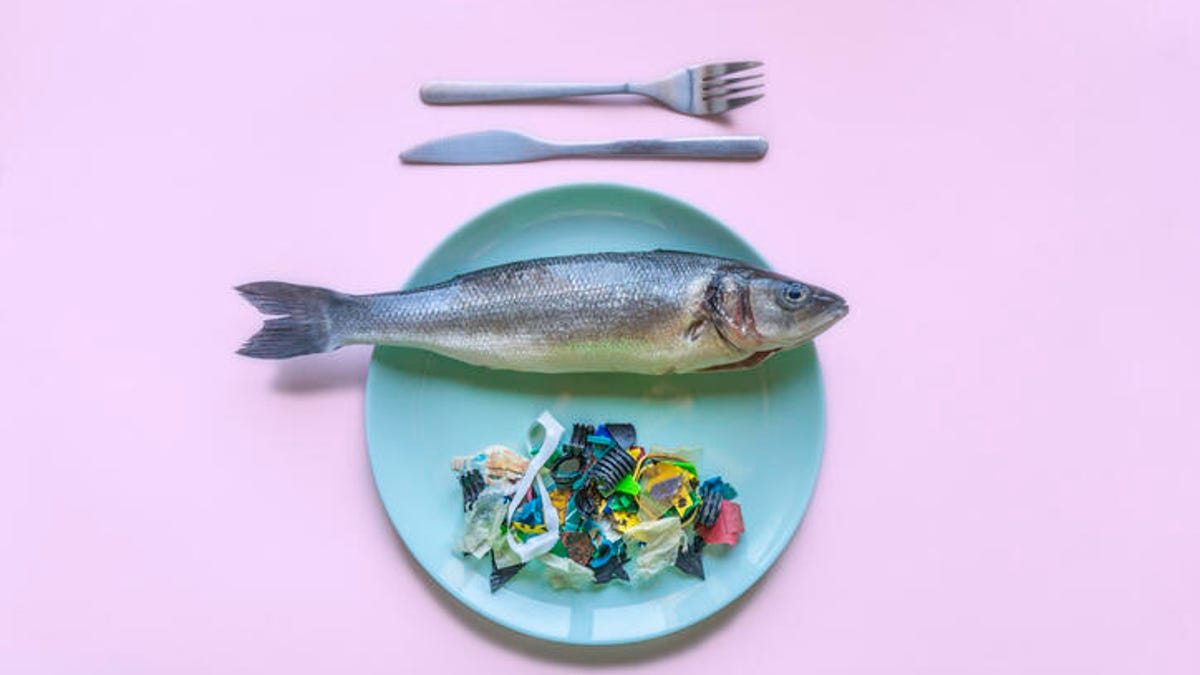Unveiling the Hidden Dangers: Top Foods Contaminated with Microplastics
In our modern world, the convenience of processed foods and packaged products has become an integral part of our daily lives. However, an alarming issue lurks beneath the surface: microplastics. These tiny plastic particles, invisible to the naked eye, have infiltrated our food supply, posing serious risks to our health and the environment. This article delves into the surprising list of everyday foods that may contain harmful microplastics and offers practical tips for minimizing your exposure.
Understanding Microplastics
Microplastics are defined as plastic particles smaller than 5 millimeters. They originate from various sources, including the breakdown of larger plastic items, synthetic fibers released during laundry, and microbeads found in personal care products. Due to their small size, microplastics can easily enter our food chain, often going unnoticed.
Studies have shown that microplastics can carry harmful chemicals, including toxins and pollutants, which may leach into the food we consume. This raises significant concerns about the impact on human health, leading researchers to investigate the prevalence of microplastics in various food items.
Common Foods Contaminated with Microplastics
Recent research has unveiled that various everyday foods are more likely to be contaminated with microplastics than we might expect. Below is a list of common foods that have been identified as potential carriers of these tiny plastic particles:
- Seafood: Fish and shellfish are among the most significant sources of microplastics in our diet. Studies have found that marine organisms often ingest microplastics present in their environments, leading to human consumption through seafood.
- Salt: Sea salt, in particular, has been found to contain microplastics. As salt is harvested from oceans, it can accumulate plastic particles present in seawater.
- Honey: Surprisingly, honey has been shown to contain microplastics, likely due to pollution affecting the bees and their environment.
- Vegetables and Fruits: Microplastics can also be found in soil and water, leading to the contamination of crops. Root vegetables, like carrots and potatoes, are particularly susceptible.
- Processed Foods: Many processed foods, especially those packaged in plastic, may contain microplastics due to the leaching of particles from the packaging itself.
- Beer: Recent studies have indicated that beer can contain microplastics, likely due to the water used in brewing and the materials involved in the packaging process.
The Health Implications of Microplastics
The presence of microplastics in our food poses numerous health concerns. While research is still ongoing, potential health effects include:
- Endocrine Disruption: Some microplastics are known to contain chemicals that can disrupt hormonal balance, potentially leading to reproductive issues and developmental problems.
- Inflammation: Ingesting microplastics may trigger inflammatory responses in the body, affecting various organs and systems.
- Toxicity: Microplastics can absorb harmful chemicals from their environment, which may accumulate in the human body and lead to long-term health issues.
How to Minimize Your Exposure to Microplastics
While it may be challenging to completely avoid microplastics, there are several practical steps you can take to minimize your exposure:
- Choose Fresh Foods: Opt for fresh, whole foods over processed options. This reduces the likelihood of consuming microplastics found in packaging.
- Wash Produce: Thoroughly wash fruits and vegetables to remove any surface contaminants, including microplastics that may have settled on them.
- Filter Drinking Water: Consider using a water filter that is designed to remove microplastics and other contaminants.
- Limit Seafood Consumption: While seafood is nutritious, reducing the frequency of consumption can help minimize microplastic intake.
- Be Cautious with Salt: Consider using brands of salt that have been tested for purity and microplastic contamination.
- Support Sustainable Practices: Advocate for and choose products from companies that prioritize sustainability and environmentally friendly packaging.
The Role of Regulations and Research
As awareness of microplastics grows, so does the call for regulatory action. Governments and organizations worldwide are beginning to address the issue by:
- Implementing Bans: Some countries have banned certain single-use plastics that contribute to microplastic pollution.
- Conducting Research: Ongoing studies aim to better understand the prevalence of microplastics in food and their effects on health, leading to informed policy decisions.
- Encouraging Industry Changes: Companies are being urged to adopt more sustainable packaging and production practices to reduce plastic waste.
Conclusion: A Call to Action
The presence of microplastics in our food supply is a pressing issue that warrants our attention. By understanding which foods are most susceptible to contamination and taking proactive steps to minimize our exposure, we can protect our health and the environment. Supporting research, advocating for sustainable practices, and making informed dietary choices are essential in the fight against microplastic pollution.
As consumers, we have the power to drive change. By being mindful of our food sources and supporting regulations aimed at reducing plastic pollution, we can work towards a healthier future—one free from the hidden dangers of microplastics.
See more WebMD Network



